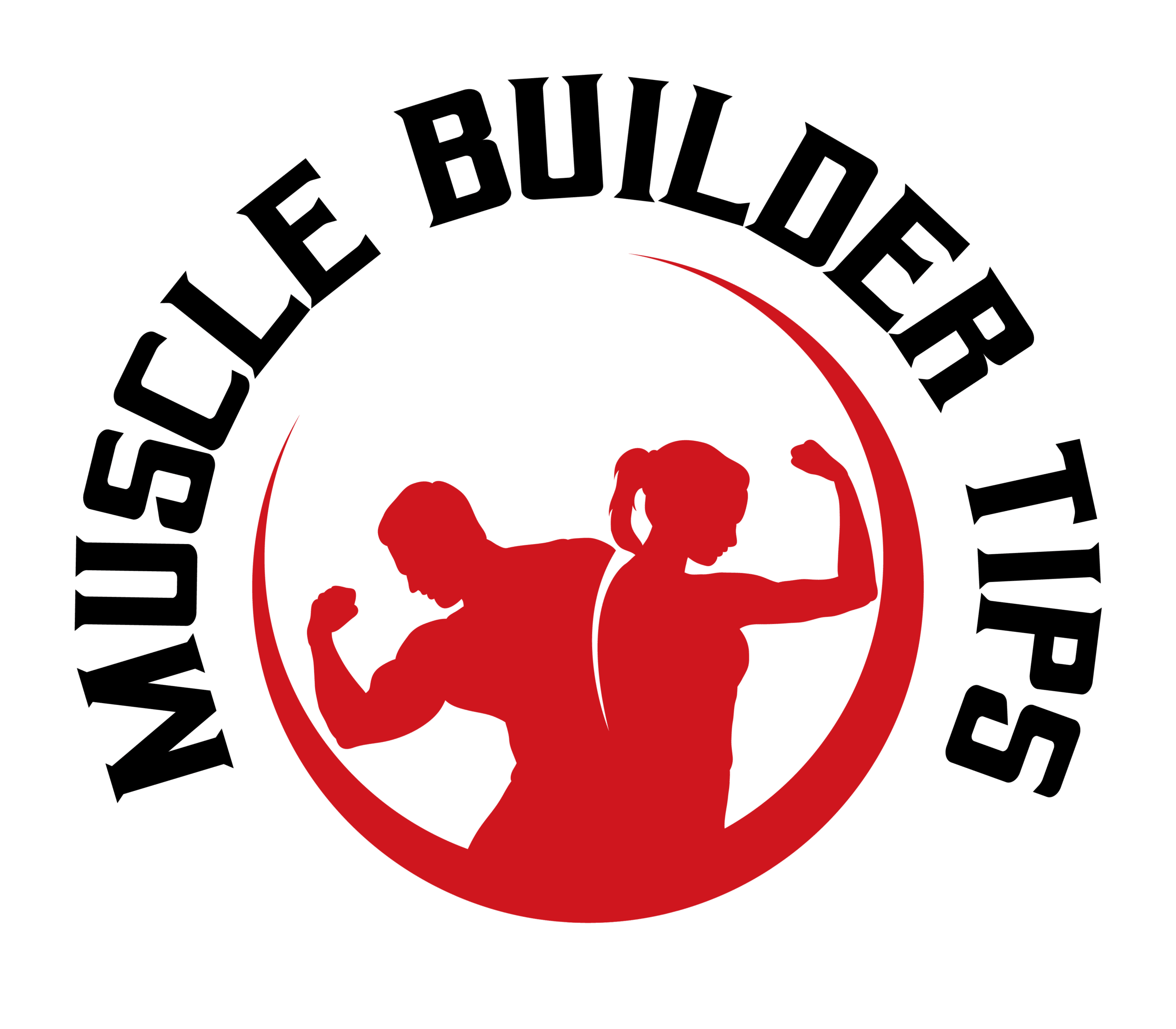Rapid Recovery Methods for Maximizing Muscle Growth

Rapid Recovery Methods for Maximizing Muscle Growth
In the quest for achieving significant muscle growth, recovery is a crucial aspect that is often overlooked. The right recovery techniques can optimize muscle repair, reduce fatigue, and pave the way for rapid gains. In this article, we will explore effective and time-efficient recovery methods to help you maximize your muscle growth potential. From nutrition strategies to sleep hacks, we’ve got you covered with practical tips that you can incorporate into your fitness routine.
1. Proper Post-Workout Nutrition
– Prioritize Protein: Consume a protein-rich meal within an hour after your workout to provide your muscles with the essential amino acids necessary for repair and growth.
– Carbohydrates for Glycogen Replenishment: Pair your protein with healthy carbohydrates to replenish glycogen stores and facilitate muscle recovery.
– Hydration: Stay well-hydrated to support nutrient transport and overall recovery.
2. Active Recovery Days
– Incorporate Light Activity: Engage in low-intensity activities like walking or yoga on rest days to increase blood flow to your muscles, promoting faster recovery.
3. Stretching and Flexibility Training
– Dynamic Warm-ups: Perform dynamic stretching before workouts to improve range of motion and reduce the risk of injury.
– Static Stretching: Include static stretching after workouts to alleviate muscle tension and enhance flexibility.
*4. Foam Rolling and Self-Myofascial Release
– Foam Rolling: Use a foam roller to apply pressure to tight or sore muscles, promoting better blood flow and reducing muscle knots.
5. Cold Water Immersion
– Contrast Showers: Alternate between warm and cold water in your post-workout shower to decrease inflammation and accelerate recovery.
6. Sleep Optimization
– Prioritize Sleep: Aim for 7-9 hours of quality sleep each night to allow your body to repair and rebuild muscles.
7. Supplement Smartly
– Branched-Chain Amino Acids (BCAAs): Consider BCAAs to support muscle recovery and reduce exercise-induced muscle damage.
– Creatine Monohydrate: This supplement can enhance muscle strength and promote recovery.
8. Cryotherapy
– Ice Baths: Ice baths can reduce inflammation and promote muscle recovery when used occasionally.
9. Massage Therapy
– Deep Tissue Massage: Consider getting a deep tissue massage to reduce muscle soreness and improve circulation.
10. Mindfulness and Stress Management
– Meditation and Breathing Exercises: Incorporate mindfulness practices to manage stress and support recovery.
Rapid recovery is the key to maximizing muscle growth potential. By implementing these time-efficient recovery methods, you can ensure that your body is prepared to take on the next workout and make significant progress in your muscle-building journey. Remember to listen to your body and find what works best for you. With proper recovery, you’ll be well on your way to achieving your muscle growth goals faster and more efficiently. Happy training!
Disclaimer: Before making significant changes to your fitness routine or incorporating new supplements, it is essential to consult with a qualified fitness professional or healthcare provider to ensure these strategies are appropriate for your individual needs and goals.
RELATED SEARCH TERMS ABOUT RAPID RECOVERY METHODS FOR MAXIMIZING MUSCLE GROWTH:
- “Maximizing Muscle Growth: A Comprehensive Guide to Rapid Recovery Techniques”
- “Optimizing Muscle Repair: Effective Strategies for Rapid Recovery”
- “Unlocking Your Muscle Building Potential: Proven Rapid Recovery Methods”
- “Accelerate Muscle Growth: Top 10 Time-Efficient Recovery Techniques”
- “Revolutionize Your Fitness: Rapid Recovery for Maximized Muscle Gains”
- “Muscle Building Breakthrough: Advanced Recovery Tactics for Fast Progress”
- “Recover Stronger, Train Harder: 10 Key Techniques for Muscle Growth”
- “Efficient Recovery for Explosive Muscle Gains: A Step-by-Step Guide”
- “From Soreness to Success: Unleashing Your Muscle Building Potential”
- “Fast Track to Muscle Growth: Science-Backed Recovery Strategies”
